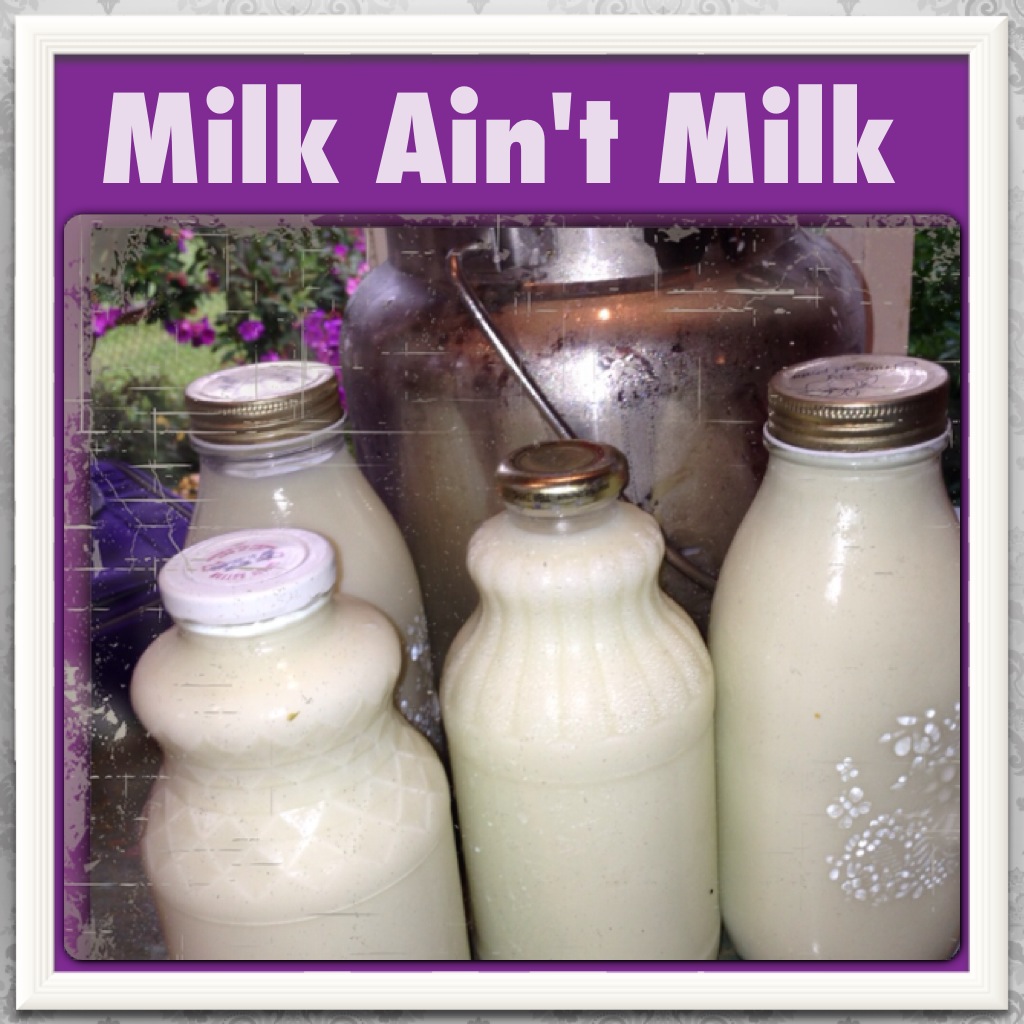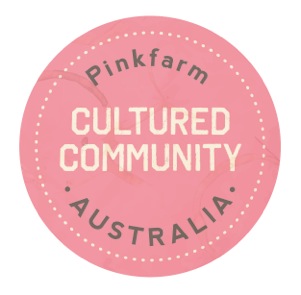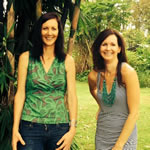Milk aint Milk

Not all milk is created equal. Raw milk, homogenised, pasteurised, organic? What does it all mean and why are we drinking milk anyway?
Humans have been conventionally milking animals (sheep, goats and cows) for their milk for at least 1000 years but there are clues throughout history that we have been consuming milk for a much greater time.
The cow’s milk we find on our supermarket shelves is far from what was consumed throughout history. The milk in the shops is PASTEURISED and usually always HOMOGENISED.
What is PASTEURISATION?
Loui Pasteur discovered pasteurisation in the late 1800’s. Milk was originally coming straight from the family cow or in glass jars from the local dairy. As US cities grew, urban dairies developed, and were often placed next to Whisky distilleries so the cows could be fed a cheap diet of ‘mash’ called ‘distillery slop’. These cows were confined, living in unhygienic conditions and being fed an unhealthy diet that was completely unsuited to their ruminant bodies and milk production. Disease was common and the milk was inferior, often unable to be used to make cheese or butter.
Outbreaks of tuberculosis, infant diarrhea, scarlet fever and typhoid were on the rise and infant death rates from contaminated milk accounted for half of the infant deaths in NY in 1839. Calls for pasteurisation were made as this meant killing pathogens that were carried in the milk. Initially raw milk was not blamed for illness and disease and a push for greater inspection laws of dairies was seen as the answer to decrease spread of disease. However, in 1914 a law was passed and pasteurised milk was the only milk that could be legally sold.
Nina Plank sums this up beautifully stating, “ The trouble starts when you take a cow away from her natural habitat and healthy diet and force her to become a mere milk machine.” It’s such a shame that mandatory inspections were not enforced to improve cow health and dairy hygiene but rather a quick fix of using pasteurisation to clean up for some lazy and unscrupulous farmers. Still today, some dairies have low health and hygiene standards, with farmers knowing that pasteurisation will ‘kill off’ any pathogens.
Pasteurisation of milk does not only kill pathogens but this heating process also kills enzymes and immune factors, beneficial bacteria, decreases vitamin content and destroys B vitamins and denatures milk proteins. Not only is pasteurised milk a dead and lifeless product, pasteurisation is a huge reason why many people do not tolerate milk. They are often unable to digest the denatured protein (casein) and because beneficial enzymes have been killed off from the heating process, lactose is harder to break down.
What is HOMOGENISATION?
Homogenisation is a more recent process and has been known as “the worst thing dairymen have done to milk.” Our grandparents probably remember the clear cream line that would settle on top of the milk that would be delivered by the milkman. Homogenisation is a process that forcefully blends the fat molecules throughout the milk so the cream no longer settles on the top. The process pumps the milk at high pressure through a fine mesh reducing the fat into tiny particles and pushing it around the milk. Not only is homogenisation just another process the milk is put through but this also oxidises the fats and changes the way they behave in the body.
What about ORGANIC MILK?
We usually assume that when we see the organic label it must mean better. Not always. Some organic milk has been ULTRA-PASTEURISED. This means that the milk has been heated to even higher temperatures killing off almost every element of goodness. Ultra-pasteurisation is done to increase the use by date of the milk. Always check your use-by date. Read your label!
Organic milk is not always an indicator of milk from pasture fed cows. Sometimes organic cow’s milk may be produced in feed-lot dairies where cows are fed solely on grain and the cows have no access to pastures at all. This predominantly occurs in the US and China, however there are some feed-lot dairies in Australia. According to Dairy Australia, …” the number of feedlot dairy farms in Australia is small, but there are many farms where a total mixed ration is fed for part of the year.”
ORGANIC RAW MILK
Raw milk from cows that are feeding on pasture is a living food, full of beneficial enzymes, bacteria, vitamins and minerals. If you are able to access raw milk it is worth the switch.
BENEFITS OF RAW MILK FROM COWS FREE TO ROAM ON PASTURES:
• Contains fat- soluble Vitamins A, D and K, which are essential for a healthy immune system and for the absorption of other vitamins and minerals (especially calcium and magnesium). Pasteurised milk often contains synthetic Vitamins that are not easily absorbed by the body
• Is full of beneficial bacteria essential for gut health and increased immunity
• Contains anti-microbial properties
• Contains enzymes that help the digestion of the milk. Often people who have intolerances to pasteurised milk can tolerate raw milk.








 "Pinkfarm” has been created by 2 friends on a real food journey; learning, sharing, creating, inspiring and challenging politically correct nutrition. A country girl living on a farm on the beautiful Atherton Tablelands with a bustling house of 5 children and a city girl living in a metro Sydney townhouse with 1 beautiful son.
"Pinkfarm” has been created by 2 friends on a real food journey; learning, sharing, creating, inspiring and challenging politically correct nutrition. A country girl living on a farm on the beautiful Atherton Tablelands with a bustling house of 5 children and a city girl living in a metro Sydney townhouse with 1 beautiful son.







